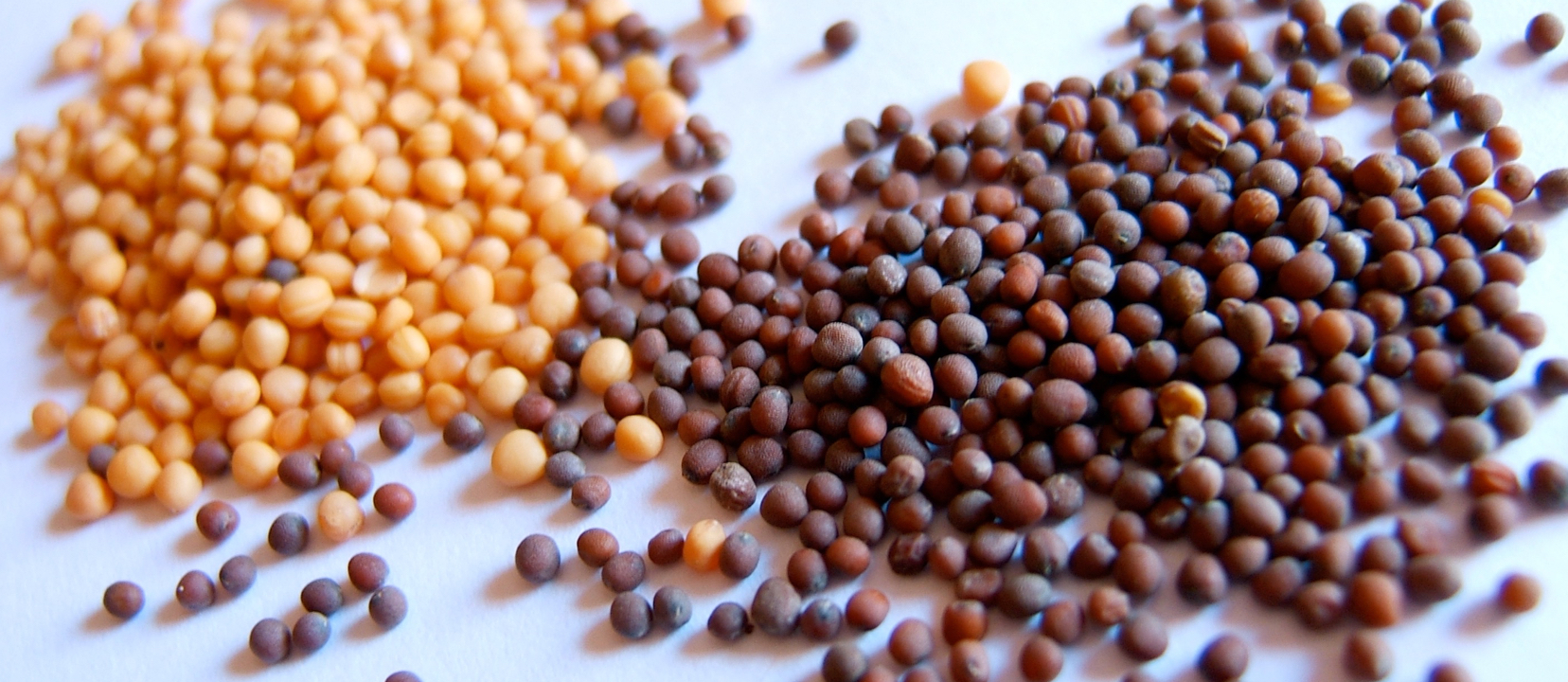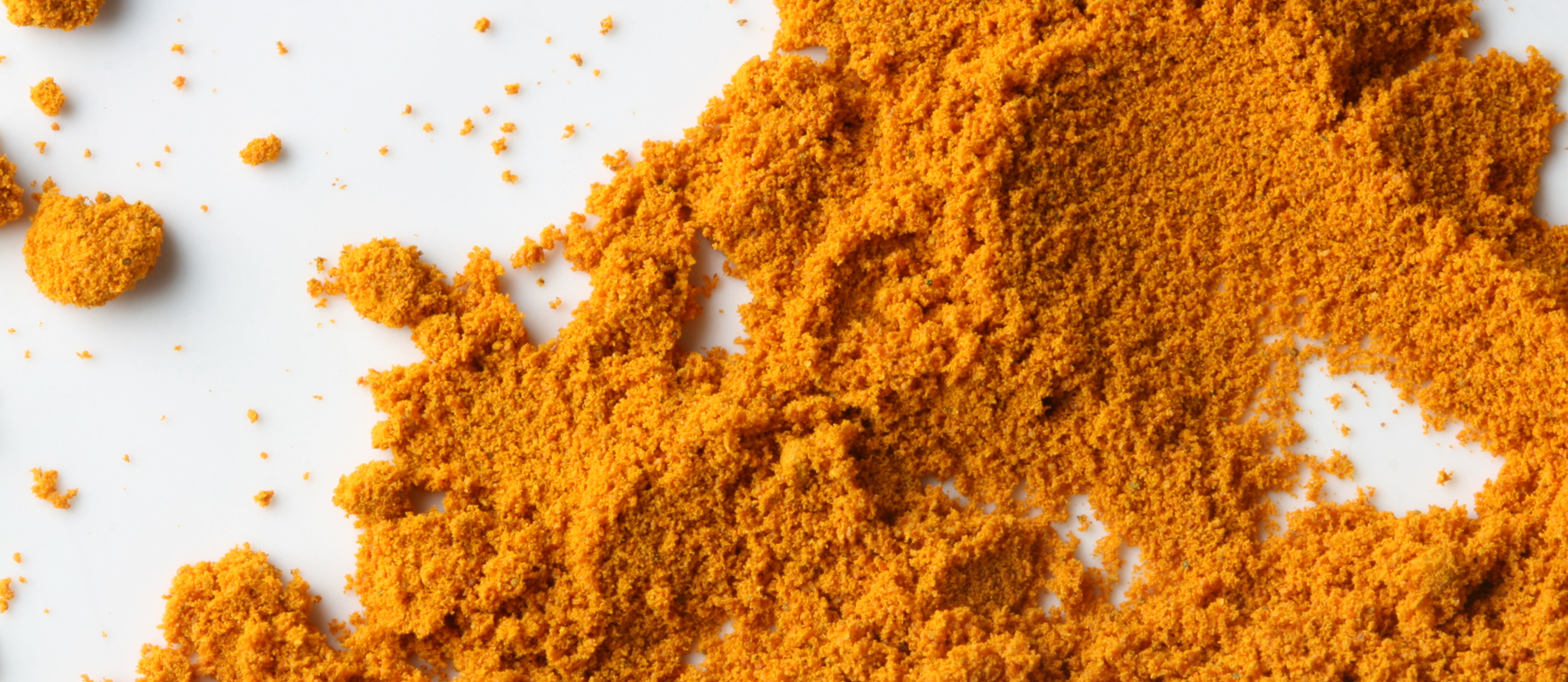When I used to teach medical students at Tufts, I gave a lecture about this amazing new therapeutic called “iloccor-B.” I’d talk about all the new science, all the things it could do, its excellent safety profile. Just as they were all scrambling to buy stock in the company and prescribe it to all their patients, I’d do the big reveal. Apologizing for my “dyslexia,” I would admit that I’d got it backwards. All this time I had been talking about broccoli. The main active ingredient in broccoli is thought to be sulforaphane, which may protect our brains, protect our…

When I used to teach medical students at Tufts, I gave a lecture about this amazing new therapeutic called “iloccor-B.” I’d talk about all the new science, all the things it could do, its excellent safety profile. Just as they were all scrambling to buy stock in the company and prescribe it to all their patients, I’d do the big reveal. Apologizing for my “dyslexia,” I would admit that I’d got it backwards. All this time I had been talking about broccoli.
The main active ingredient in broccoli is thought to be sulforaphane, which may protect our brains, protect our eyesight, protect our bodies against free radicals, boost our detoxification enzymes, and help prevent and treat cancer.
In my videos The Best Detox and Sometimes the Enzyme Myth is the Truth, I talked about how the formation of sulforaphane is like a chemical flare reaction, requiring the mixing of a precursor compound with an enzyme, which is destroyed by cooking. This may explain why we get dramatic suppression of cancer cell growth from raw broccoli, cauliflower and Brussels sprouts, but hardly anything from boiled, microwaved or steamed (except for microwaved broccoli, which actually retains some cancer fighting abilities). But who wants to eat raw Brussels sprouts?
There is a strategy to get the benefits of raw in cooked form. In raw broccoli, the sulforaphane precursor, called glucoraphanin, mixes with the enzyme (myrosinase) when you chew or chop it. If given enough time—such as when sitting in your upper stomach waiting to get digested—sulforaphane is born. The precursor and sulforaphane are resistant to heat and therefore cooking, but the enzyme is destroyed. No enzyme = no sulforaphane.
That’s why I described the “hack and hold” technique—if we chop the broccoli, Brussels sprouts, kale, collards, or cauliflower first and then wait 40 minutes, we can cook them all we want. The sulforaphane is already made; the enzyme has already done its job, so we don’t need it anymore.
When most people make broccoli soup, for example, they’re doing it wrong. Most people cook the broccoli first, then blend it. We now know it should be done the exact opposite way. Blend it first, wait, and then cook it.
What if we’re using frozen broccoli, though? In my video, Second Strategy to Cooking Broccoli, you can see the amount of sulforaphane in someone’s body after they eat broccoli soup made from fresh broccoli versus from frozen broccoli. The difference is dramatic. Commercially produced frozen broccoli lacks the ability to form sulforaphane because vegetables are blanched (flash-cooked) before they’re frozen for the very purpose of deactivating enzymes. This prolongs shelf life in the frozen foods section, but the myrosinase is dead by the time you take it out of your freezer. It doesn’t matter how much you chop it, or how long you wait, no sulforaphane is going to be made. This may be why fresh kale suppresses cancer cell growth up to ten times more than frozen.
The frozen broccoli is still packed with the precursor—remember that’s heat resistant—and we could get lots of sulforaphane out of the frozen broccoli by adding some outside enzyme. Where do we get myrosinase enzyme from? Researchers just buy theirs from a chemical company. But we can just walk into any grocery store.
All cruciferous vegetables have this myrosinase. Mustard greens, a cruciferous vegetable, grow out of little mustard seeds, which we can buy ground up in the spice aisle as mustard powder. If we sprinkled some mustard powder on our cooked frozen broccoli, would it start churning out sulforaphane? We didn’t know…until now.
Boiling broccoli prevents the formation of any significant levels of sulforaphane due to inactivation of the enzyme. However, researchers from the University of Reading found that the addition of powdered mustard seeds to the heat processed broccoli significantly increased the formation of sulforaphane. In the video I mentioned earlier, Second Strategy to Cooking Broccoli, you can see the amount of sulforaphane in boiled broccoli versus the amount after half a teaspoon or a teaspoon of mustard powder is added. Both a half teaspoon and a full teaspoon increase sulforaphane by the same amount, suggesting that we could use even use less mustard powder for the same effect. Therefore, although domestic cooking leads to the deactivation of myrosinase and stops sulforaphane formation, the addition of powdered mustard seeds to cooked cabbage-family vegetables provides a natural source of the enzyme such that it’s practically like eating them raw.
So, if we forget to chop our greens in the morning for the day, or are using frozen, we can just sprinkle some mustard powder on top at the dinner table and we’re all set. Daikon radish, horseradish, or wasabi—all cruciferous vegetables packed with the enzyme—work as well. Just a quarter teaspoon of Daikon radish root for seven cups of broccoli worked—just a tiny pinch can do it. Or you can add a small amount of fresh greens to your cooked greens, because the fresh greens have myrosinase enzyme that can go to work on the cooked greens.
I love kitchen chemistry—it totally revolutionized my daily greens prep. One of the first things I used to do in the morning is chop my greens for the day, so when lunch and supper rolls around they’d be good to go. But now with the mustard powder plan, I don’t have to pre-chop.
This helps explain the results I presented in Raw Broccoli and Bladder Cancer Survival.
OK, but what’s so great about this sulforaphane stuff? For a taste, see:
Source: How to Cook Broccoli : Nutrition Facts





